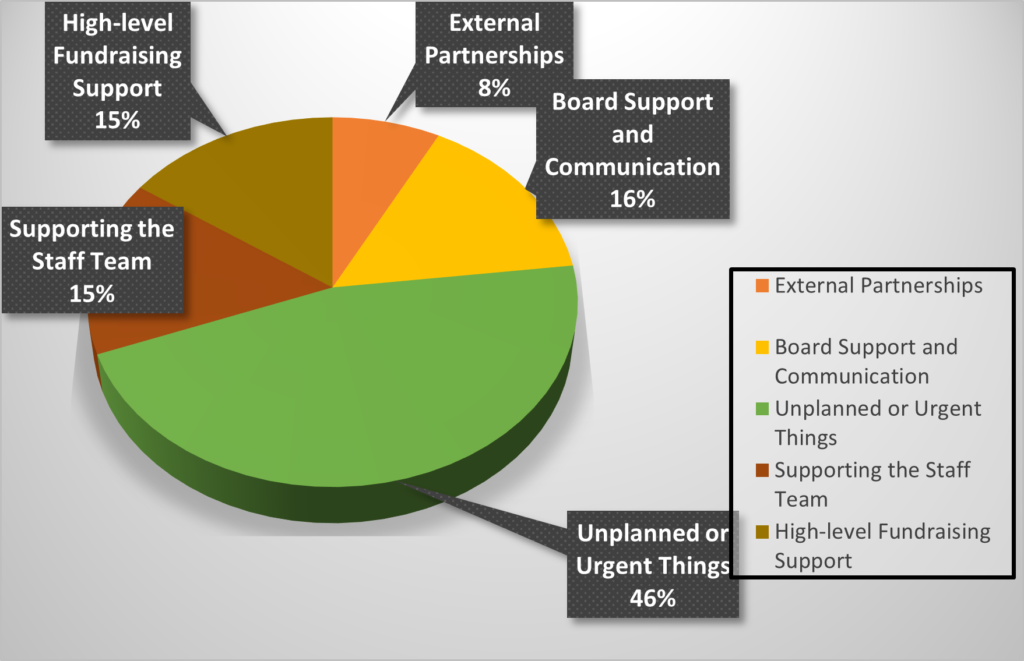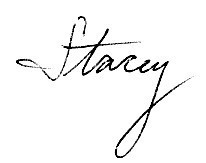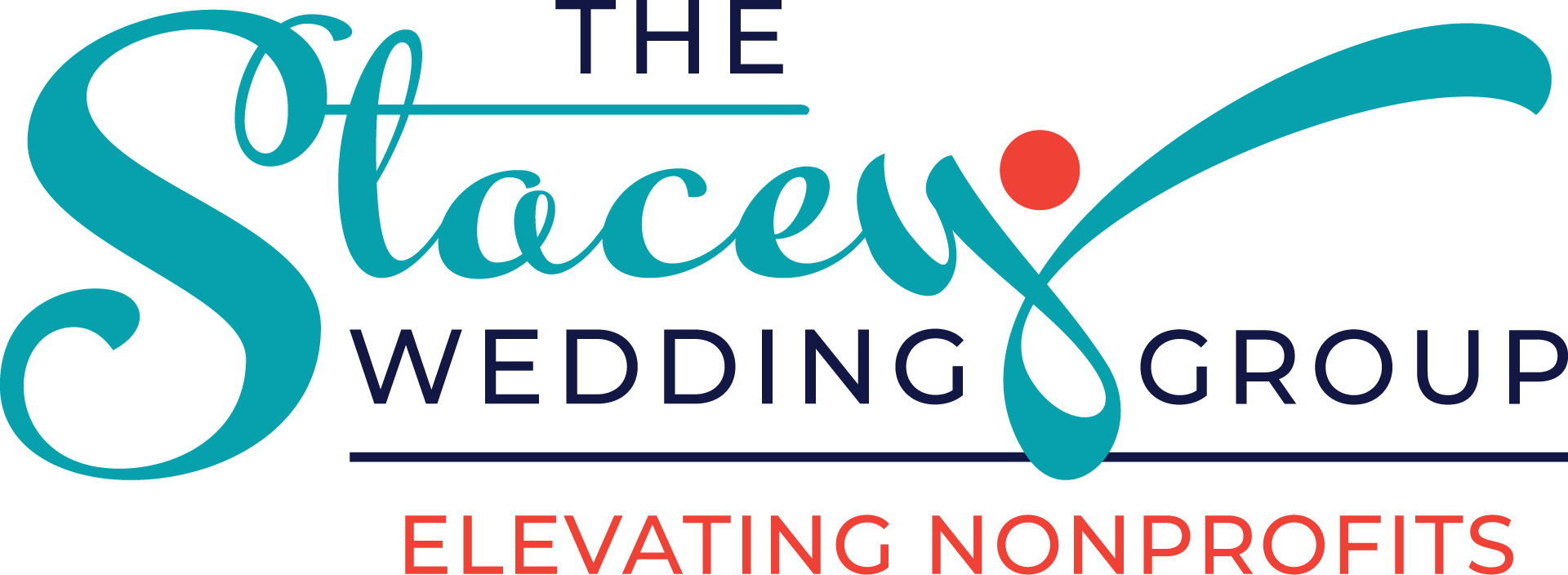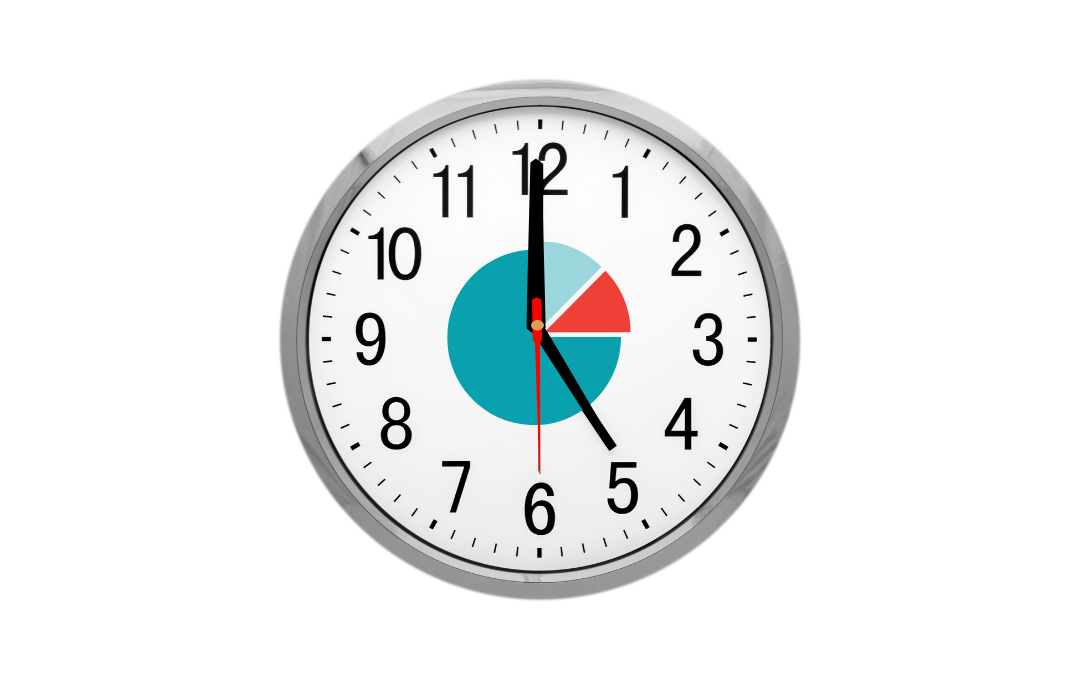A new year is upon us and many of you may have a long list of goals and resolutions staring you smack in the face! The reality is that none of these goals will be met unless you prioritize them, and you won’t be able to prioritize them without intentionally blocking your time toward your greatest priorities.
In my work coaching nonprofit executives, a common pain point for so many is spending time on the things that matter. All too often we get distracted with the urgent versus the important, and our organizations (and those we ultimately serve!) suffer as a result.
I write this with a huge degree of humility as I am as guilty as anyone else with this tension that exists in craving the quick dopamine hit of responding quickly to an email (check that off the list, baby!) while I procrastinate on the important work that requires greater focus and concentration.
Conquer Your Areas of Time Suck
To kick this vicious cycle in the butt, I plan to start using– and also encouraging my clients to use– a visual of how they are spending their time vs. how they want to be spending their time to create the most value. For those data gurus out there, you may be filled with glee when I share that the visual tool is a pie chart. If you’re into data tracking and crunching, then dig in deep because this will be a dream come true for you. If you’re more like me and are not as much of a data junkie, no worries! A less formal “guesstimate” can work, too—as long as you do a quick scan of your calendar to see if you’re being honest with how you’re really spending your time.
Here’s an example of a nonprofit executive director’s analysis of his current time spent:

After doing this, his eyes were opened when he realized how much of his time was spent in the urgent or unplanned category. Don’t get me wrong. Flexibility is needed, but when that flexibility turns into nearly half of your time, there is a problem.
Asking Yourself the Important Questions
Here are some questions that will help as you analyze your current pie chart of time spent and then create a new pie chart of your desired state (note: keep these pie charts somewhere visible, so you are reminded daily as you start to fill up your calendar).
- Start with asking yourself, what is the highest and best use of my time? Given my unique position in the organization and my strengths, in what areas can I add the most value?
- How does my current time allocation reflect this? What is missing from the work pie chart that needs to be added? Be honest J. We all have to start somewhere.
- What areas are getting a disproportionate amount of my time? Why is this? How can I reduce the amount of time spent on these or remove them entirely?
Here’s to you controlling your calendar this year rather than your calendar controlling you!
Hat tip to your success,


